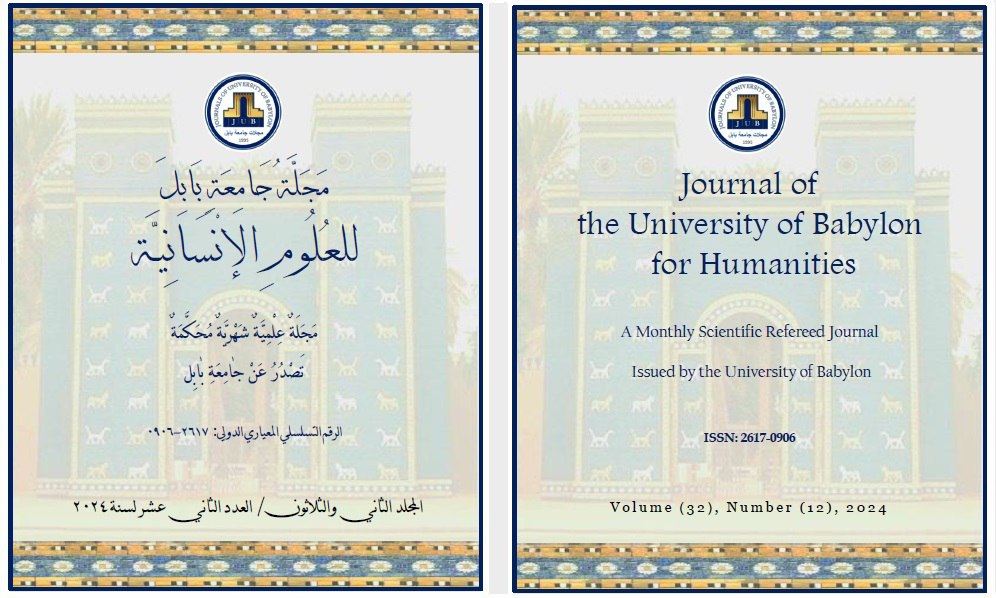الانحدار وعلاقته في إنتاج القمح في ناحية بعشيقة باستخدام نظم المعلومات الجغرافية GIS
محتوى المقالة الرئيسي
الملخص
يعد الانحدار أحد العوامل الأساسية في إنتاج زراعة القمح ونجاحه في ناحية بعشيقة مما دعا إلى دراسته بتحديد العديد من المتغيرات وعلى هذا الأساس تنحصر منطقة الدراسة فلكيا في دائرتي عرض (22ً 36ْ – 35ً 36ْ) شمالا وخطي طول (10ً 43ْ – 33ً 43ْ) شرقا، وتقع ناحية بعشيقة على شرق مدينة الموصل وتقع مناخيا ضمن الإقليم شبه الجاف وتتأثر بالعوامل الطبيعية المتمثلة بالحرارة والتساقط والرياح وهي توثر على محصول القمح في منطقة الدراسة ويتميز سطحها بتنوع المظاهر التضاريسية تتمثل بالسلاسل التلالية إضافة إلى المناطق الهضبية المتموج ومنطقة السهول الفيضية إضافة إلى قربها من المنطقة السهلية والسهول الفيضية وترب المرتفعات وتتمثل في ترب اقدام الطيات والترب الصخرية، والتعرف في هذا البحث على خرائط الانحدارات والتضاريس وحددت مساحات الأراضي الصالحة للزراعة وغير الصالحة للزراعة بالخرائط الطبوغرافية والمرئيات الفضائية وأنموذج الارتفاع الرقمي DEM ومطابقة ذلك بالانحدار في مساحات الأراضي مع مساحات الأراضي الزراعية وغير الزراعية في ناحية بعشيقة. وتوصل البحث إلى مجموعة من الاستنتاجات والتوصيات، منها: إن العوامل المناخية السائدة في منطقة الدراسة تؤثر في إنتاج القمح بشكل كبير إضافة إلى تأثير عامل الارتفاع والتضاريس المتباينة من منطقة إلى أخرى الذي أدى إلى تنوع في مستويات إنتاج القمح في منطقة الدراسة واستخدام نظم المعلومات الجغرافية (GIS) بإجراء العمليات الحسابية على الخرائط فيها. وأوصى البحث بأن للعناصر المناخية أهمية في تحديد العلاقة ما بين الانحدار وزيادة إنتاج محصول القمح لإعطاء وفرة وزيادة في الإنتاجية بنسبة كبيرة.
تفاصيل المقالة
إصدار
القسم

هذا العمل مرخص بموجب Creative Commons Attribution 4.0 International License.

